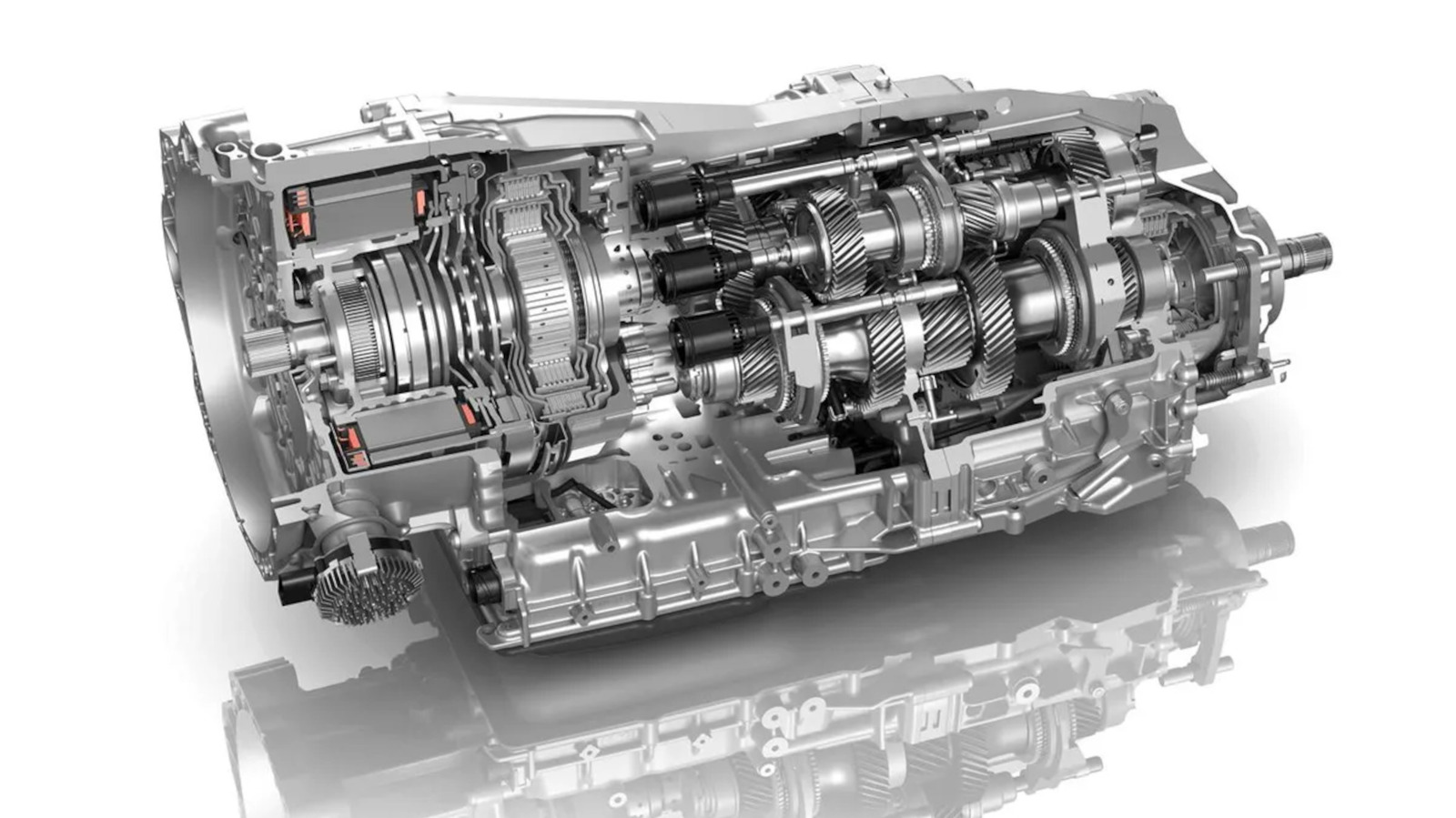Understanding Dual-Clutch Transmissions: Why the Right Oil Matters
Dual-clutch transmissions (DCTs) are marvels of modern engineering, blending the efficiency of manual gear changes with the convenience of automatic shifting. But here’s the catch: they’re also incredibly sensitive to the type of oil used in their operation. Skimping on the right oil to save a few bucks can lead to costly repairs down the line. Let’s dive into why using the correct fluid is crucial for the health of your DCT.
What Exactly Is a Dual-Clutch Transmission?
At its core, a dual-clutch transmission uses two separate clutches for odd and even gears, allowing for lightning-fast gear shifts. This setup means that while one gear is engaged, the next one is pre-selected, leading to smoother acceleration and better fuel efficiency. It’s a fantastic system, but it comes with its own set of requirements, particularly when it comes to lubrication.
Why Does the Type of Oil Matter?
DCTs operate under high pressure and temperature, making the right oil essential for their performance. Unlike traditional automatic transmissions that might use a more generic fluid, DCTs require specialized oils formulated to handle the unique demands of their design. These oils often contain specific additives that help with friction management, heat resistance, and overall transmission longevity.
Using the wrong oil can lead to several issues. For starters, it can cause inadequate lubrication, which can result in increased wear and tear on the clutches and gears. Over time, this can lead to slipping, rough shifting, or even complete transmission failure. And trust me, the repair costs for a DCT can be steep—often running into thousands of dollars.
What Happens If You Don’t Use the Right Oil?
Imagine this: you’ve just saved a few bucks by opting for a cheaper, generic oil. At first, everything seems fine. But as the weeks go by, you start to notice your car isn’t shifting as smoothly as it used to. Maybe you hear some unusual noises or feel a slight hesitation when accelerating. These are red flags that something isn’t right.
The truth is, using the wrong oil can lead to a cascade of problems. The clutches may wear out prematurely, and the transmission control module (TCM) can get confused, leading to erratic shifting patterns. In the worst-case scenario, you might find yourself facing a complete transmission rebuild. It’s a classic case of “penny wise, pound foolish.”
How to Choose the Right Oil for Your DCT
So, how do you ensure you’re using the right oil? Start by checking your vehicle’s owner manual. Manufacturers often specify the exact type of fluid required for optimal performance. If you’re unsure, consult with a trusted mechanic or a dealership that specializes in your vehicle brand. They can provide insights into the best products available.
Additionally, look for oils that meet specific industry standards, such as those set by the American Petroleum Institute (API) or the International Lubricants Standardization and Approval Committee (ILSAC). These certifications can give you peace of mind that you’re using a product that’s been tested for quality and performance.
Real-World Examples of DCT Oil Mishaps
There are plenty of stories out there about the consequences of using the wrong oil. For instance, a well-known case involved a popular sports car brand that faced numerous complaints about transmission issues. Upon investigation, it was revealed that many owners had used non-recommended fluids, leading to premature failures. The result? A costly recall and a lot of unhappy customers.
Another example comes from a luxury vehicle owner who decided to save money by switching to a generic oil. Within a few months, the transmission began to exhibit erratic behavior. After a hefty repair bill, they learned the hard way that some savings just aren’t worth it.
The Big Takeaway
Using the right oil for your dual-clutch transmission isn’t just a recommendation; it’s a necessity. The potential savings from choosing a cheaper option can quickly evaporate if you end up facing expensive repairs. So, take the time to research and invest in the correct fluid for your vehicle. Remember, it’s not about perfection—it’s about smarter adjustments. Start with one change this week, and you’ll likely spot the difference by month’s end. Your car—and your wallet—will thank you.


